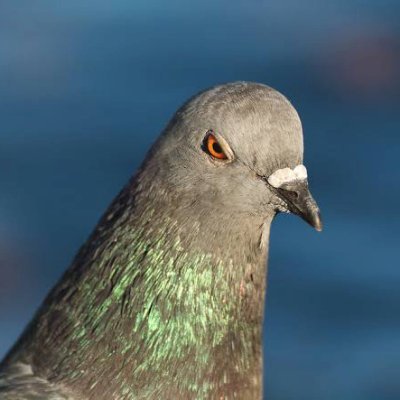Latin is no longer used to name artificially bred pigeons; this Fantail plate is from 'Nederlandsche Vogelen’ 1770-1829.
'The White Crown Pigeon in the Cocoa Plum tree’; hand-coloured etching by Mark Catesby (1682-1749).
.
Juvenile White-crowned Pigeon. Found on islands & coastlines around the Caribbean & Florida.
Camera Mikko Pyhälä.
Francis Barlow (c.1626-1704) was Britain's first wildlife painter. This is 'Jay, Green Woodpecker, Pigeons, & Redstart' (c.1658) via @YaleBritishArt
Mourning Dove (Zenaida macroura) by S. Edgar March #Nova_Scotia #Canada Painted in 1916 with the live bird in hand, which was then let go.
via Cathy Rosamund Stillman-Lowe @SlCathy Another beautiful work by the late Greg Poole - Wood Pigeons.
I need their sweet call to calm me down [Tweet recycled from #March2019
’The Light Green Bird’ painted by Edward Lear in Northern Italy c1880. View more of Lear’s whimsical birds at:
https://t.co/lIglHAUx1i
via V&A @V_and_A
‘Turtle Doves’ from John Gould's 'The Birds of Great Britain', issued in parts 1863-1873. Hopefully some Turtle Doves will arrive in the UK by late April.
Latin binomials (e.g. 'Columba tremula') are no longer used to classify artificially-bred domestic pigeons, all of which, plus Feral Pigeons, derive from the Rock Dove (Columba livia); this Fantail plate is from 'Nederlandsche Vogelen’ 1770-1829.












